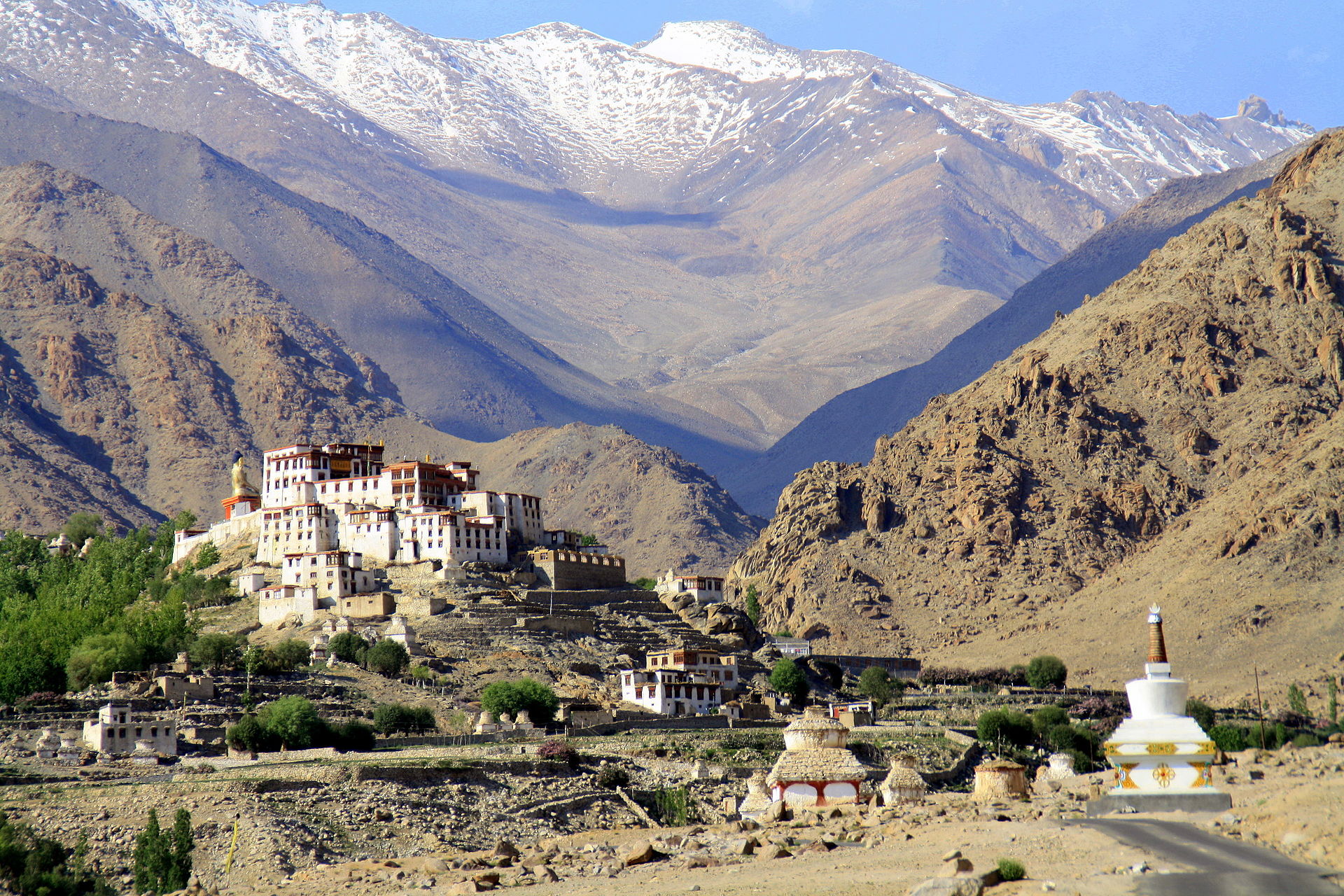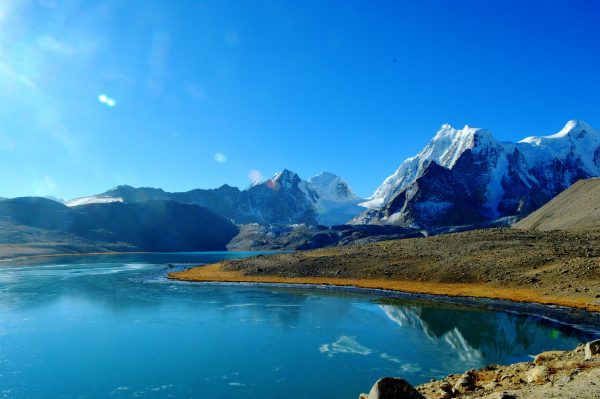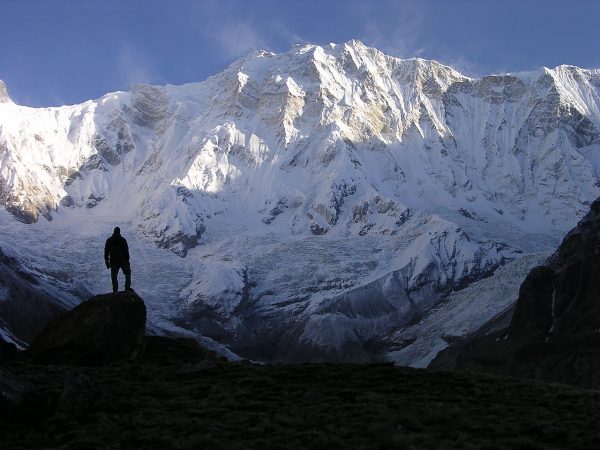Because of Lockdown Himalayas Visible for First Time in 30 Years

Himalayas: The Coronavirus has completely changed the entire world as we lockdown in place to let the virus pass us by. Roads are empty.
Businesses, schools, parks, playgrounds, and factories are shut down, and people have been instructed to only go out for food and essential supplies.
Everyday there are stories of sorrow and stories of kindness. This is a time no one would wish for.
There is, however, at least one silver lining. One side effect of the pandemic is that the skies around normally highly polluted areas are becoming clear. Additionally, scientists are finding there is a correlation between pollution levels and the severity of symptoms of COVID-19.

The European Space Agency has released satellite imagery showing marked decreases of air pollution in China, South Korea, and much of Western Europe.
Major cities in the U.S. have also seen dramatic rises in air quality just in the last two months. According to National Geographic, Los Angeles has had a thirty-three percent reduction of tiny bits of pollution known as PM2.5.
New York has had a reduction of PM2.5 of twenty-two percent, Denver improved by fifteen percent, and Seattle’s air has been cleaned up by nineteen percent.
One of the positive consequences of this may be decreased COVID-19 deaths. Dr. Francesca Dominici of Harvard University’s T.H. Chan School of Public Health and her team studied facts on PM2.5 levels and COVID-19 deaths from about three thousand counties in the United States covering about ninety-eight percent of the U.S. population.
It turned out that just one microgram per cubic meter increase of PM2.5 in the air had a COVID-19 death rate that was higher by at least fifteen percent, according to CNN.
A picture captured today from sialkot LOC . Kashmir mountains. This kind of clear we are seeing after around more than 30 years pic.twitter.com/67KVRNJTOr
— Khawar S Khawaja (@khawajaks) April 4, 2020
The virus can also latch on to PM2.5 particles and stay in the air longer. In Denmark, Aarhus University scientists are seeing that the places that had the highest amounts of pollution have the most deaths from COVID-19.
Heavy pollution itself can cause or aggravate underlying conditions such as heart disease, diabetes, and hypertension that result in over seven million deaths every year worldwide and increase complications of COVID-19.
In India, one of the most polluted areas of the world, people in Jalandhar, a city in Punjab are able to see the Dhauladhar Mountain range of the Himalayas for the first time in almost thirty years, according to SBS Hindi.
India went on lockdown March 22, and by the next day, Delhi showed a forty-four percent reduction of PM10, another pollution particulate.
The India Today Data Intelligence Unit claims that from March 16th to the 27th the air quality index improved by an average of thirty-three percent.
At G-Feed, the research paper of Assistant Professor Marshall Burke at Stanford’s Department of Earth System Science says the reduced pollution may be saving between fifty and seventy-five thousand lives.
He also has compared the lives lost in China to complications of pollution against those lost to coronavirus and has come up with a conclusion that twenty times more lives have been saved in China by the cleaner air than have been lost to the virus.
This does not take into account the lives of the most vulnerable that will inevitably be lost because of the economic depression that may follow.
As Burke notes, it will take years to gather and evaluate all of the data to do true measurements of mortality based on location, availability of services, population concentrations, and much more.

This change in air quality has many people taking note. Simon Birkett, founder and director of Clean Air in London, notes that people are used to pollution, so much so that we rarely think much about it.
National Geographic notes that Birkett hopes that this horrible time might lead to a positive takeaway; perhaps the nightmare of COVID-19 might be a catalyst for change. Perhaps people will be more motivated to find a way to keep cleaner air.
According to The Mind Unleashed, anti-pollution activist Sant Balbir Singh Seeechewal of Jalandhar, remarked, “ I had never imagined I would experience such a clean world around me.
These Massive Impact Craters are the Planet’s Battle Scars from Millions of Years Ago
The Mystery of the Death Valley Sliding Rock Phenomenon
The unimaginable has happened. It shows nothing is impossible. We must work together to keep it like that.”
